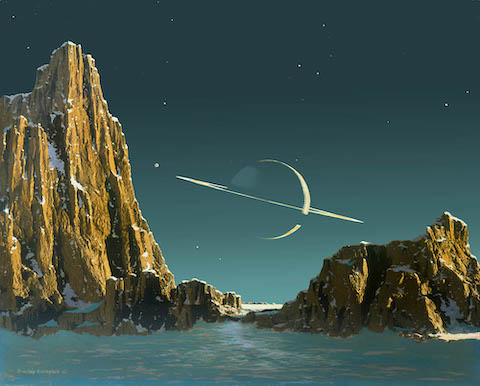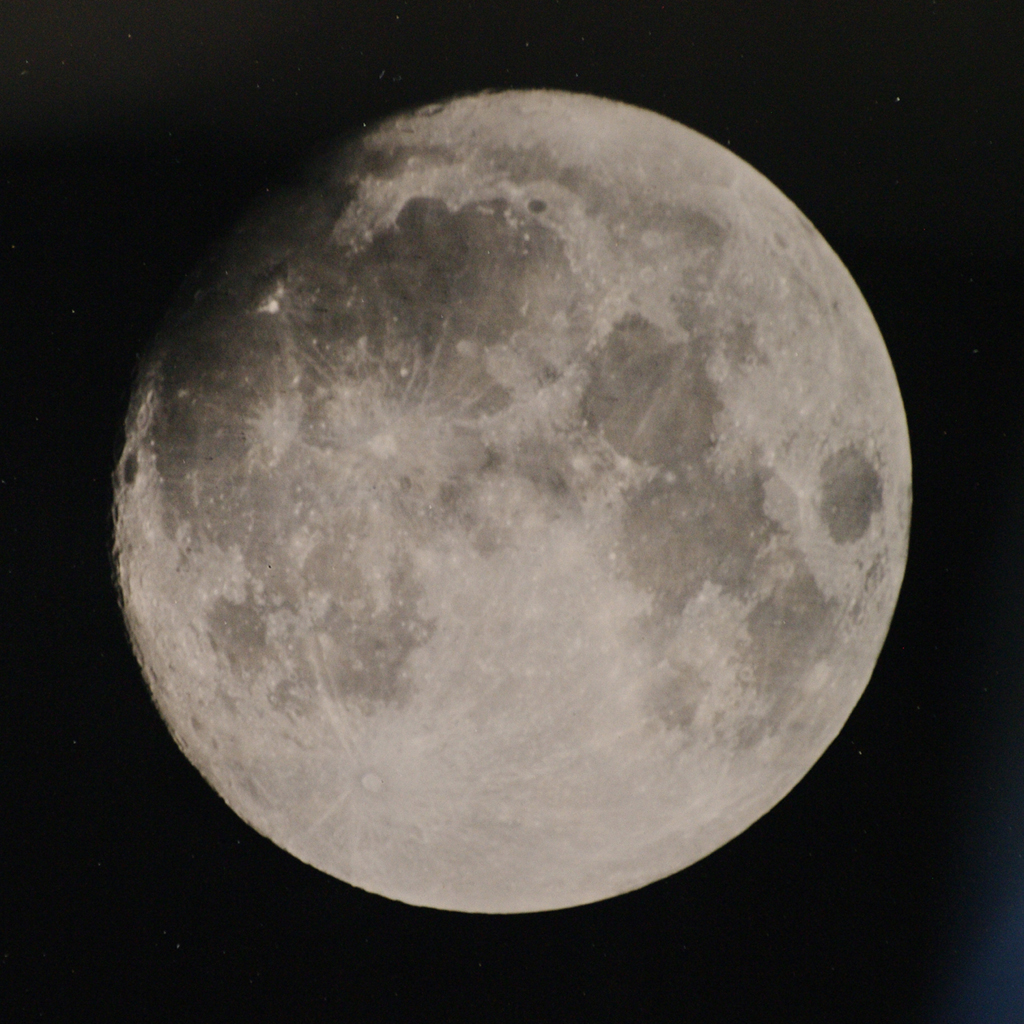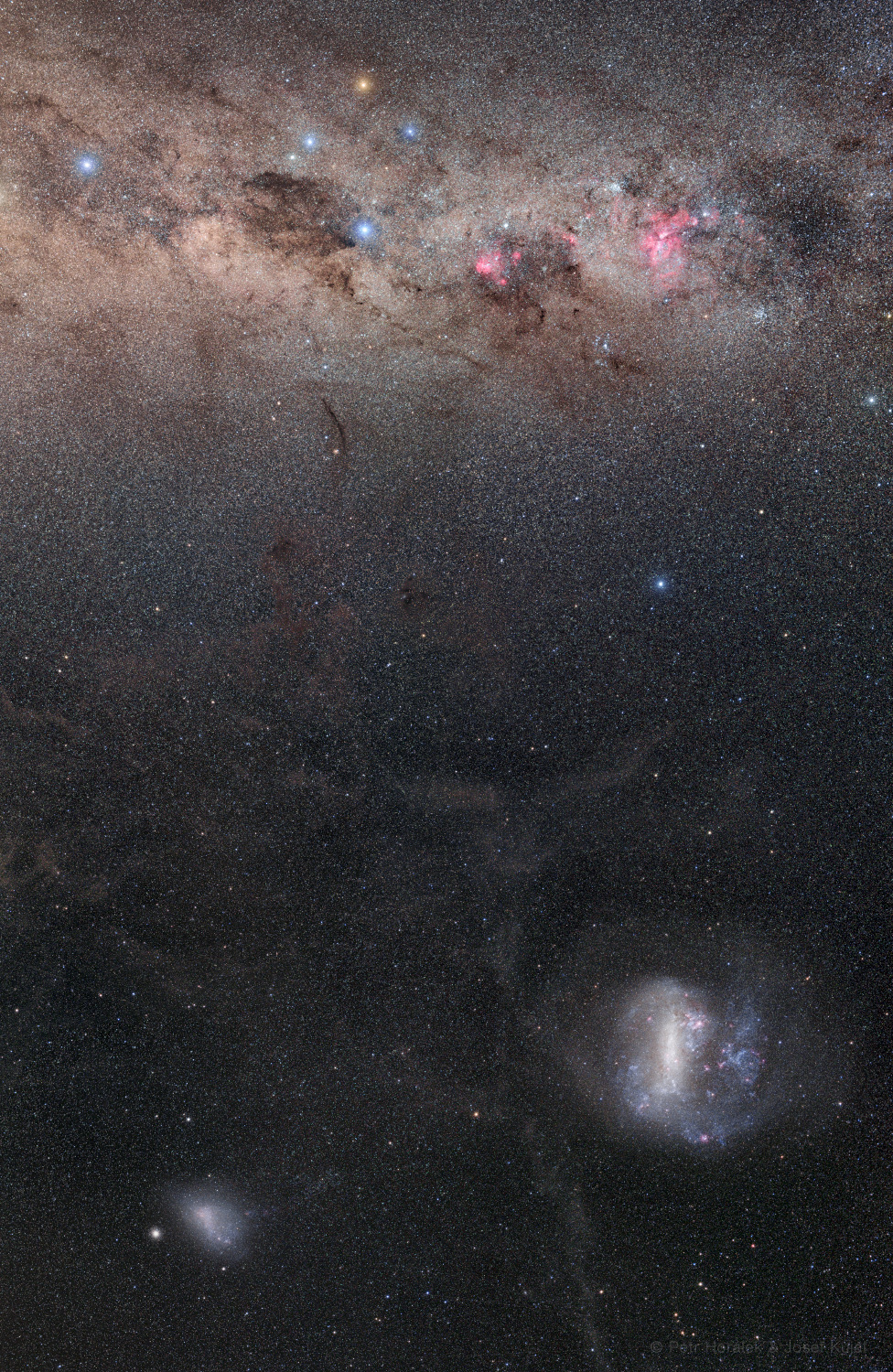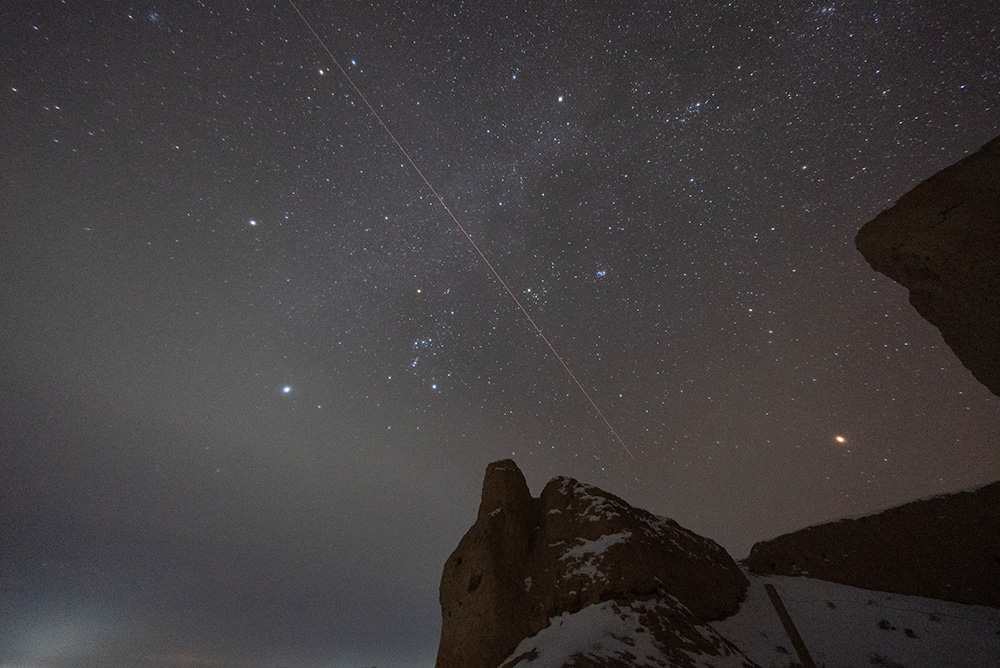Si Lucien Rudaux est considéré comme le “grand-père” du Space art, Chelsey Bonestell est bien le père de la discipline. L’Américain a démarré sa carrière comme architecte, en participant notamment à l’élaboration de la façade du Chrysler Building à New York ou du bâtiment de la Cour suprême des États-Unis. Il se spécialise ensuite dans les effets spéciaux à Hollywood, par exemple pour les films Le bossu de Notre-Dame (1939) ou Citizen Kane (1941).
Toutefois, passionné depuis toujours par l’astronomie, Chesley Bonestell décide d’utiliser ses compétences afin de créer des œuvres entrant dans la catégorie du Space art. Ainsi, il s’inspire très largement de Lucien Rudaux, et associe miniatures d’argile, astuces photographiques et techniques de peinture pour élaborer des tableaux au réalisme saisissant. C’est en 1944 dans le magazine Life que paraît sa première grande réalisation : une série de représentations de Saturne vue de ses lunes.






